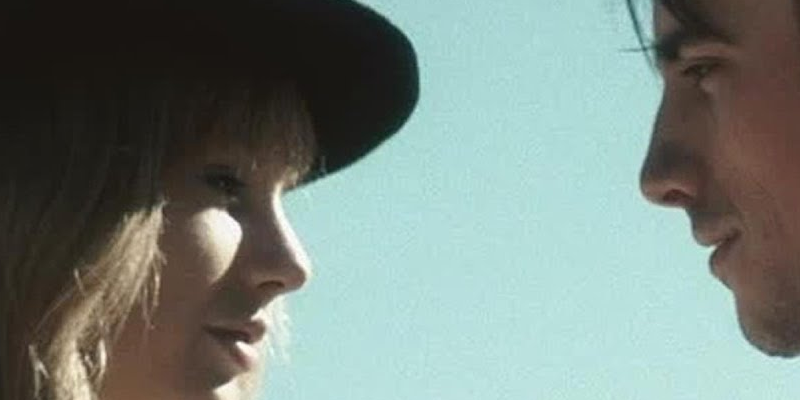As a modern musician and cultural icon, Taylor Swift has earned worldwide acclaim via pieces which predominantly draw upon the complex dynamics of personal and interpersonal experiences. Here we show, for the first time, how Swift's lyrical and melodic structure have evolved in their representation of emotions over a timescale of $\tau\sim14$ yr. Previous progress on this topic has been challenging based on the sheer volume of the relevant discography, and that uniquely identifying a song that optimally describes a hypothetical emotional state represents a multi-dimensional and complex task. To quantify the emotional state of a song, we separate the criteria into the level of optimism ($H$) and the strength of commitment to a relationship ($R$), based on lyrics and chordal tones. We apply these criteria to a set of 149 pieces spanning almost the entire repertoire. We find an overall trend toward positive emotions in stronger relationships, with a best-fit linear relationship of $R=0.642^{+0.086}{-0.053}H-1.74^{+0.39}{-0.29}$. We find no significant trends in mean happiness ($H$) within individual albums over time. The mean relationship score ($R$) shows trends which we speculate may be due to age and the global pandemic. We provide tentative indications that partners with blue eyes and/or bad reputations may lead to overall less positive emotions, while those with green or indigo-colored eyes may produce more positive emotions and stronger relationships. However, we stress that these trends are based on small sample sizes, and more data are necessary to validate them. Finally, we present the taylorswift python package which can be used to optimize song selection according to a specific mood.
